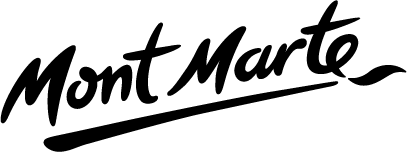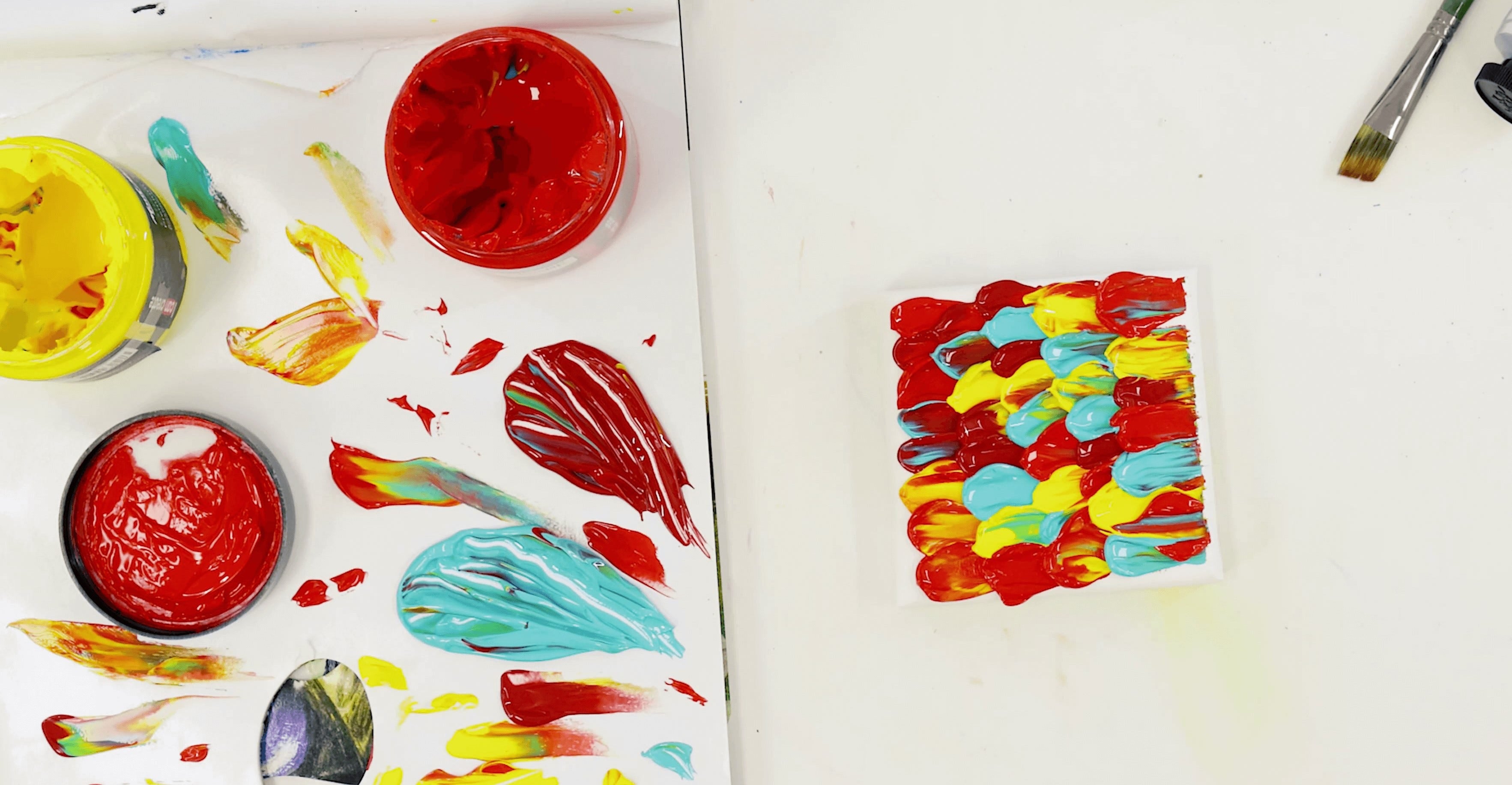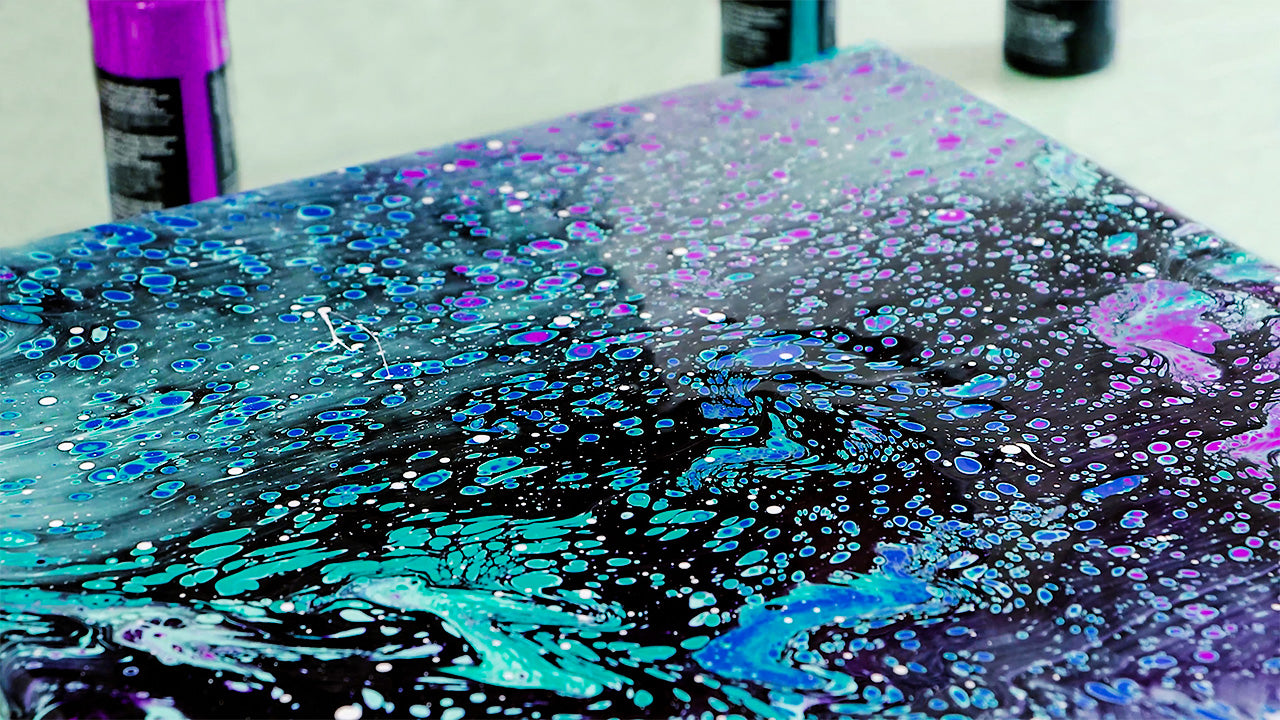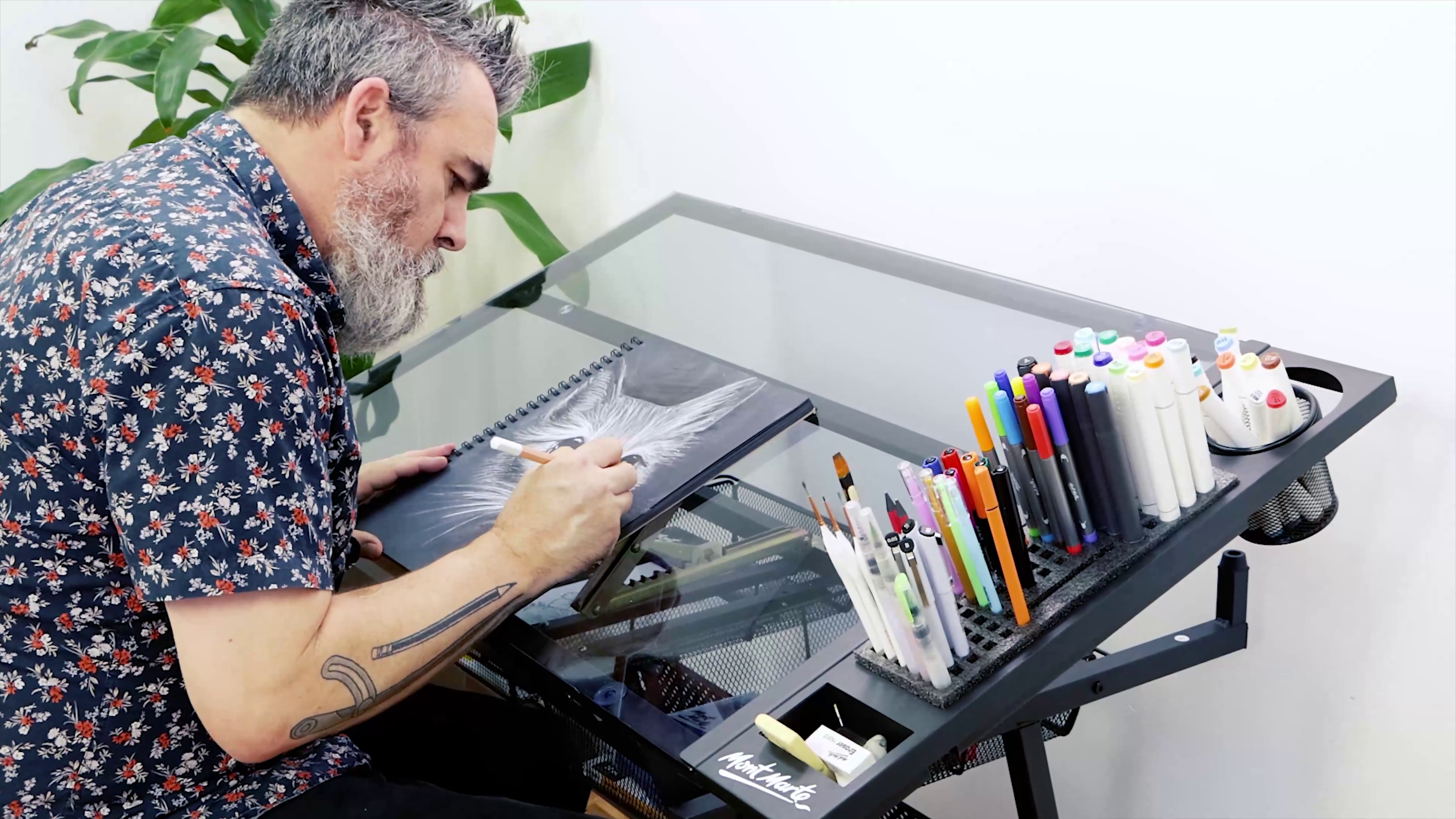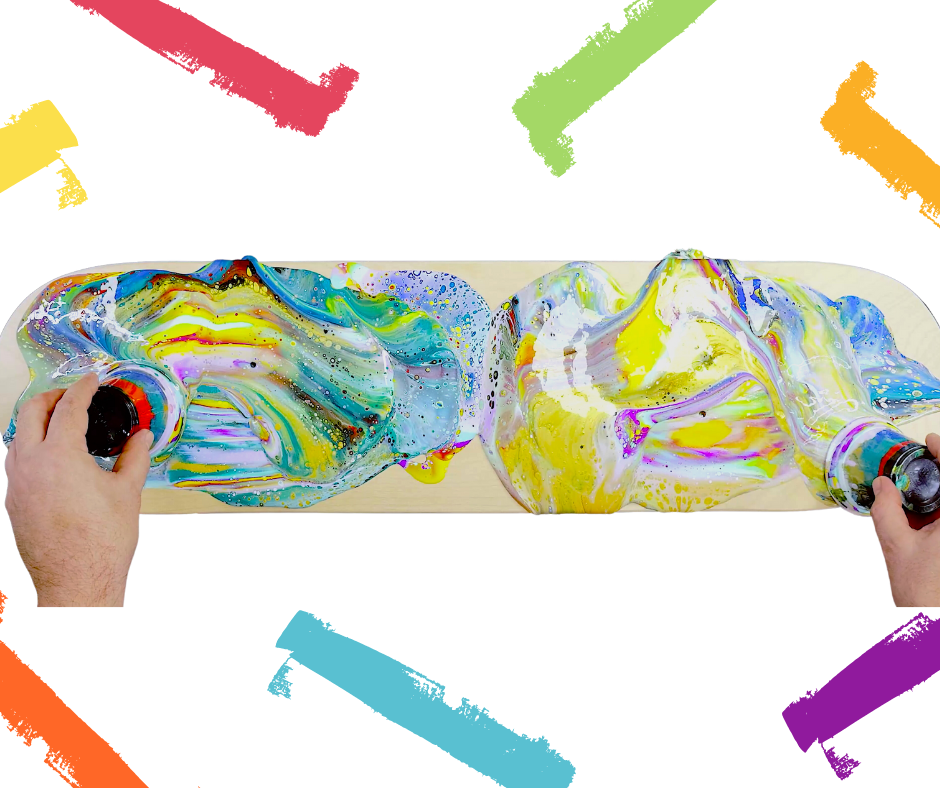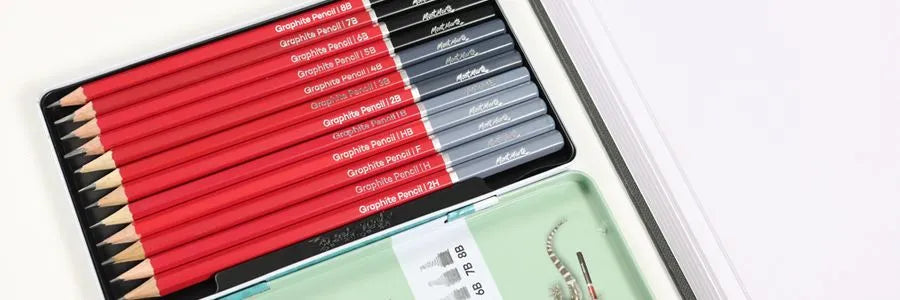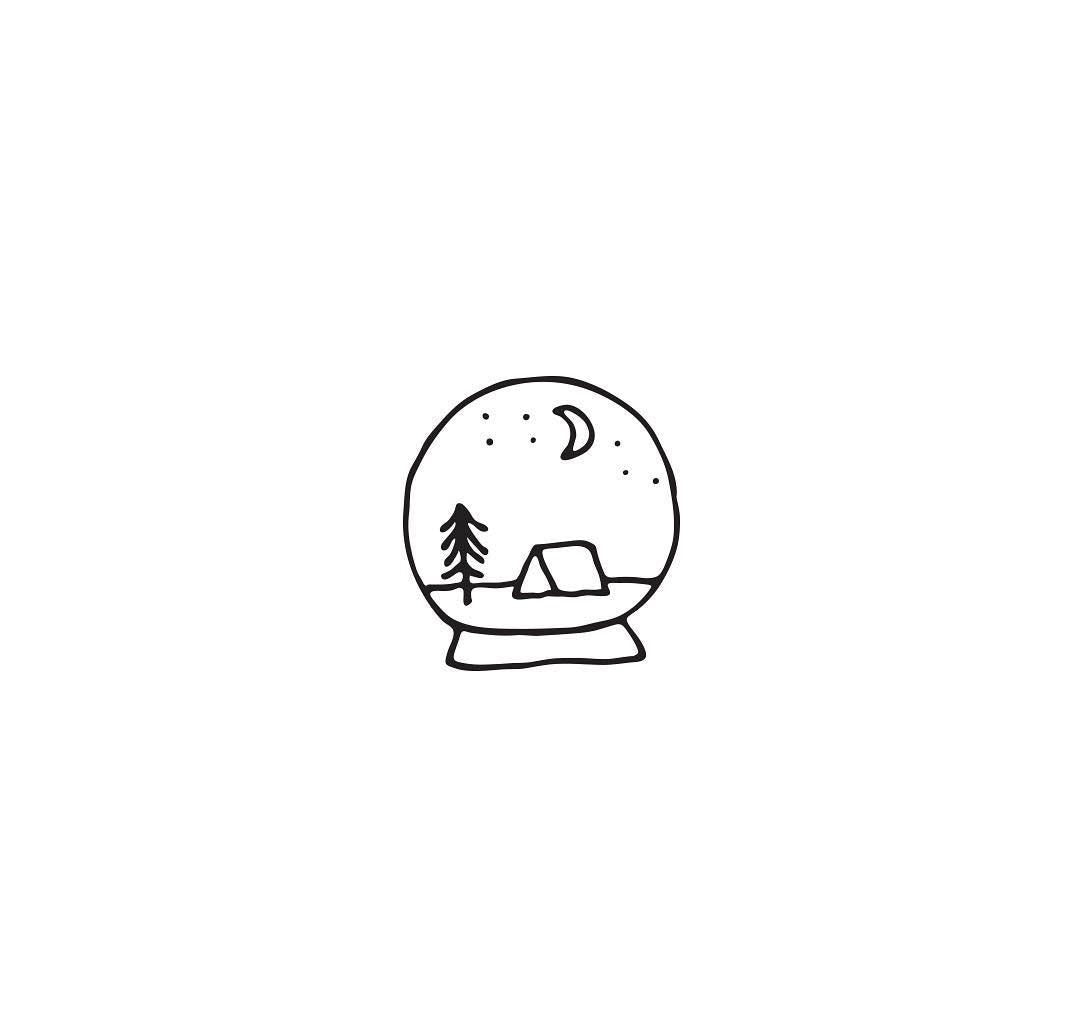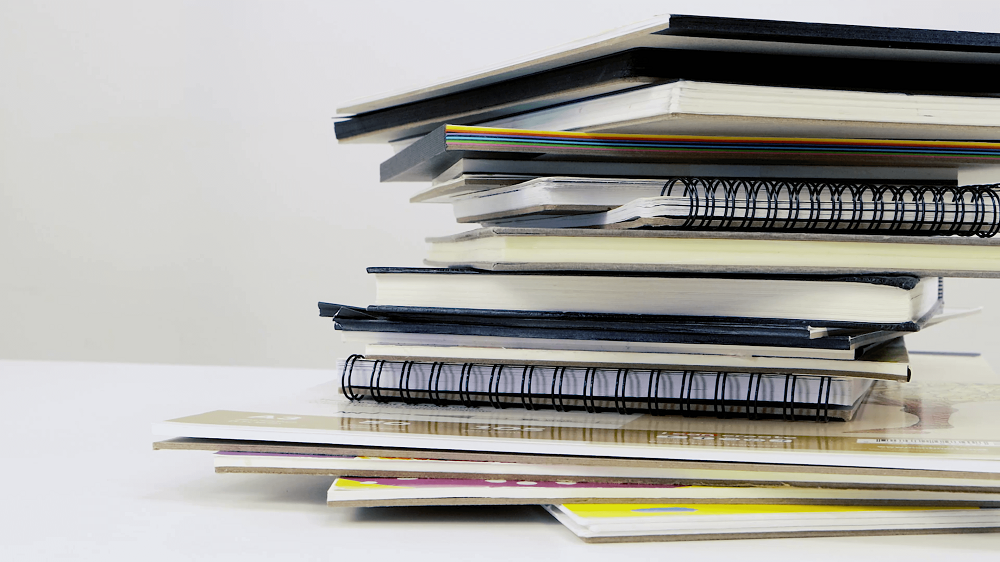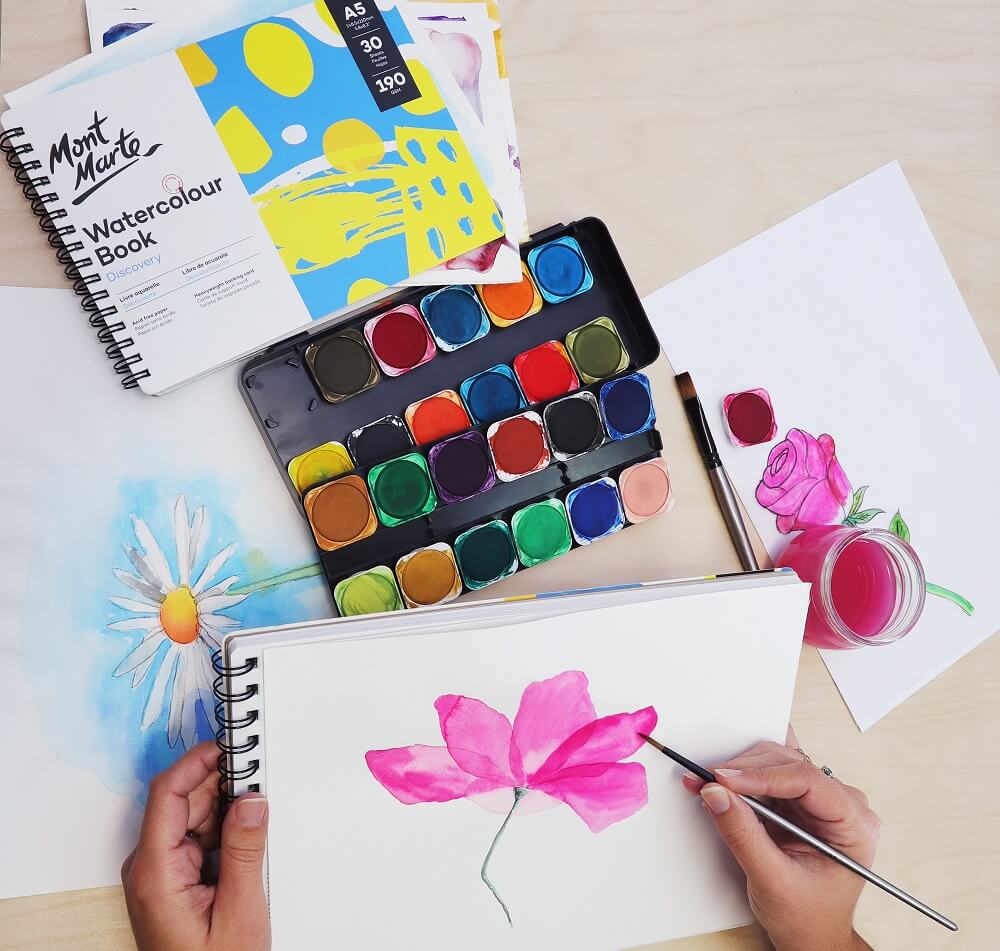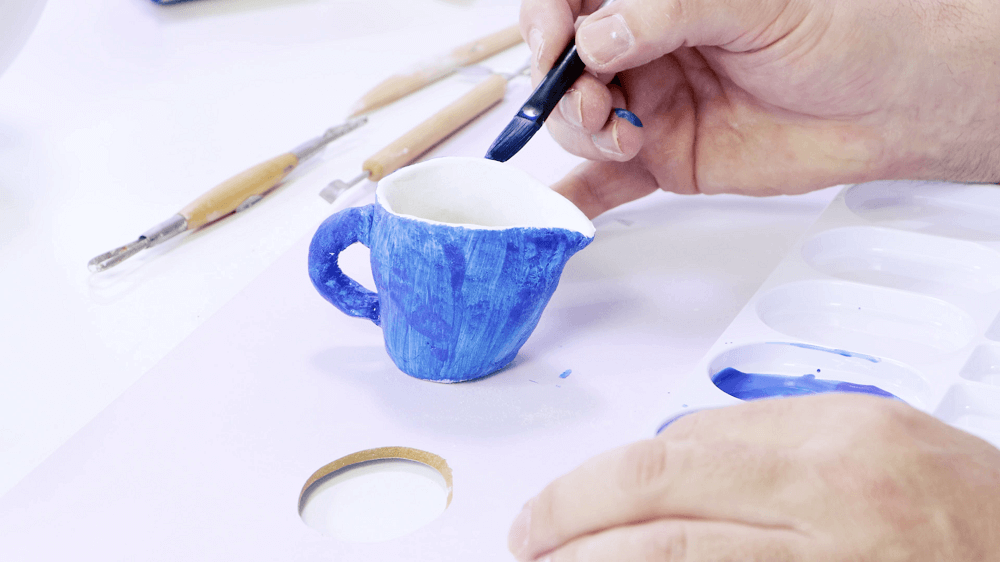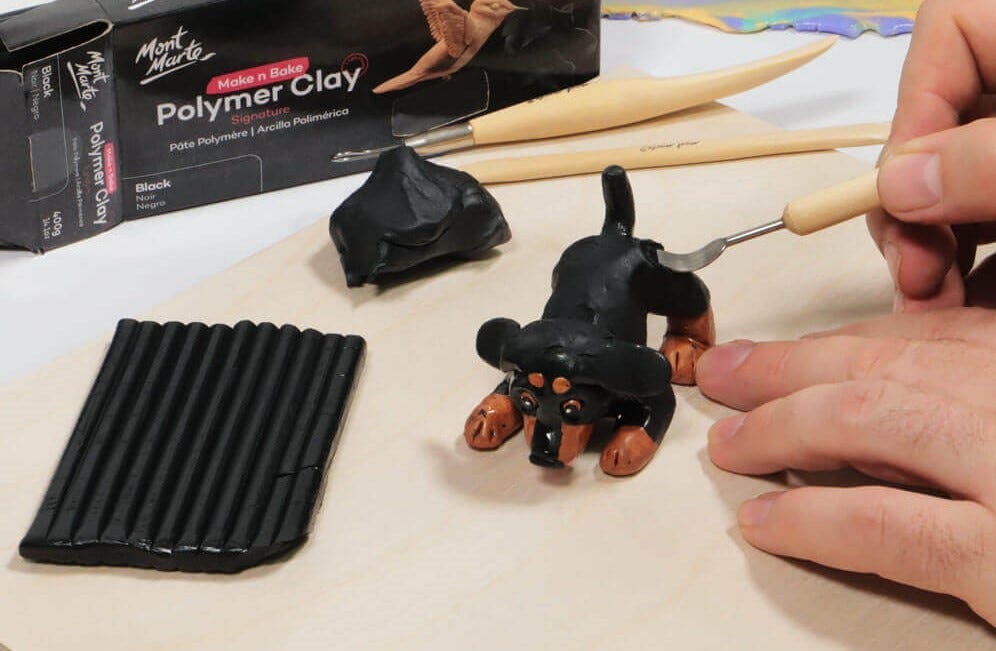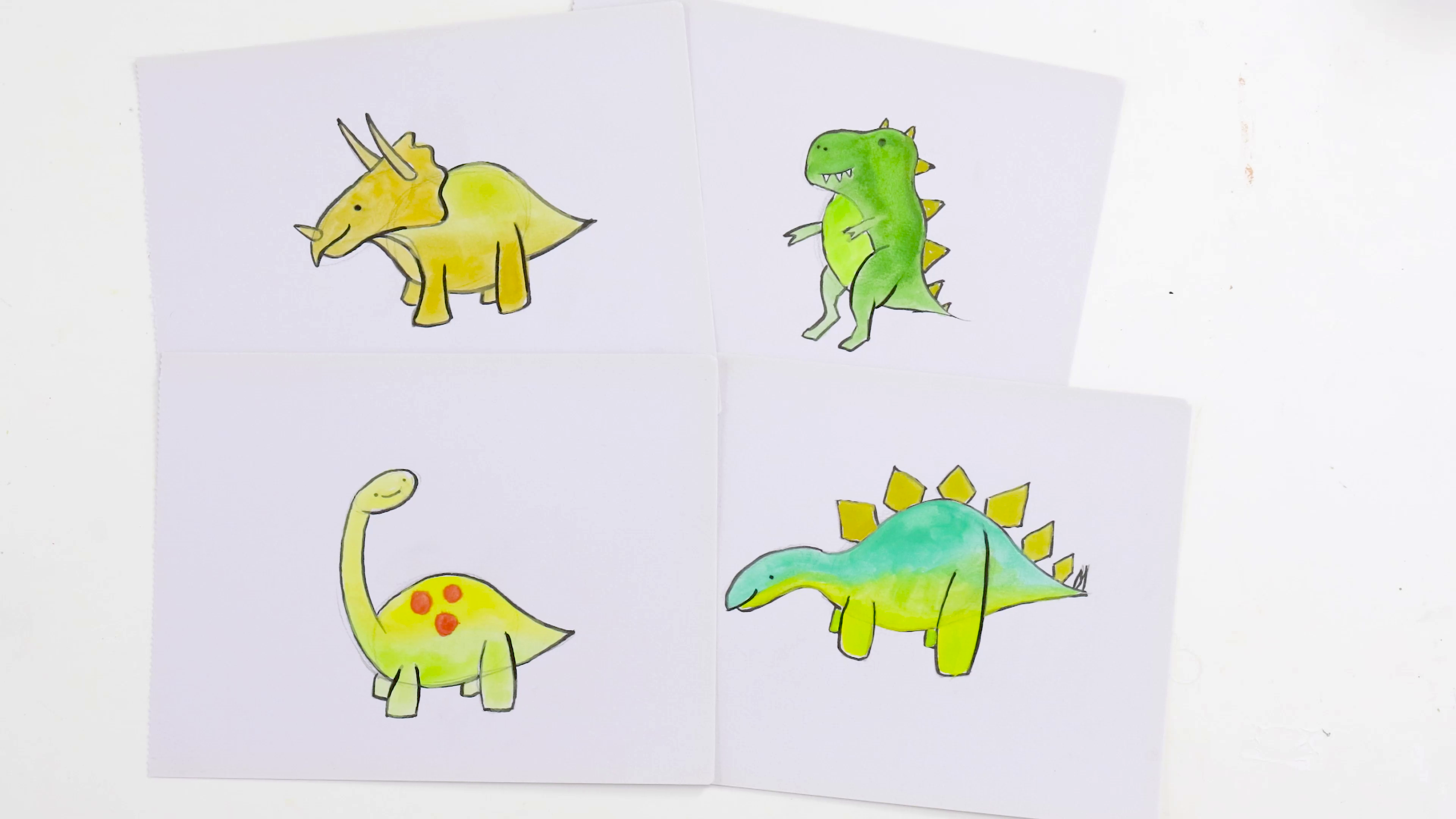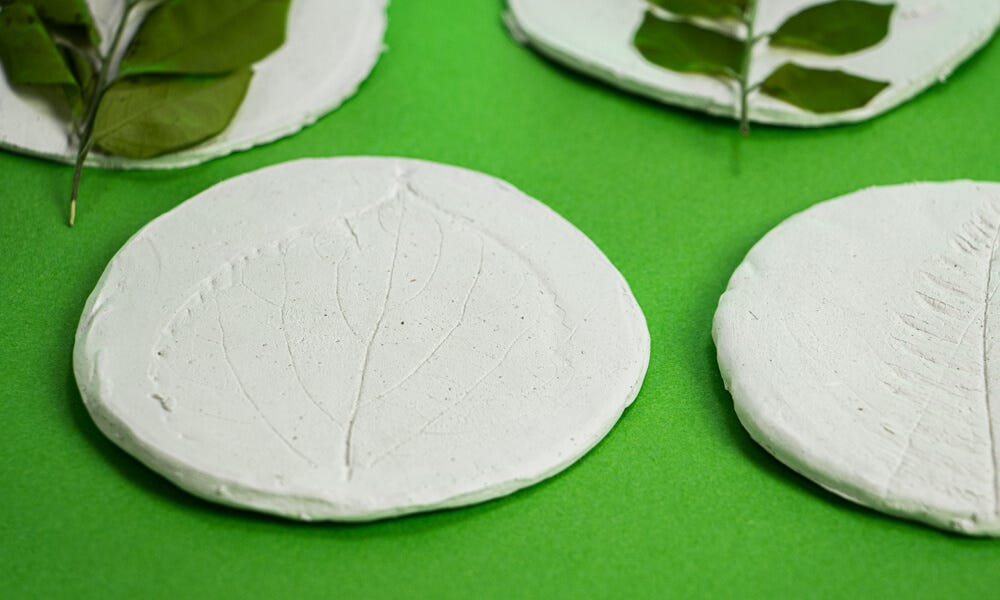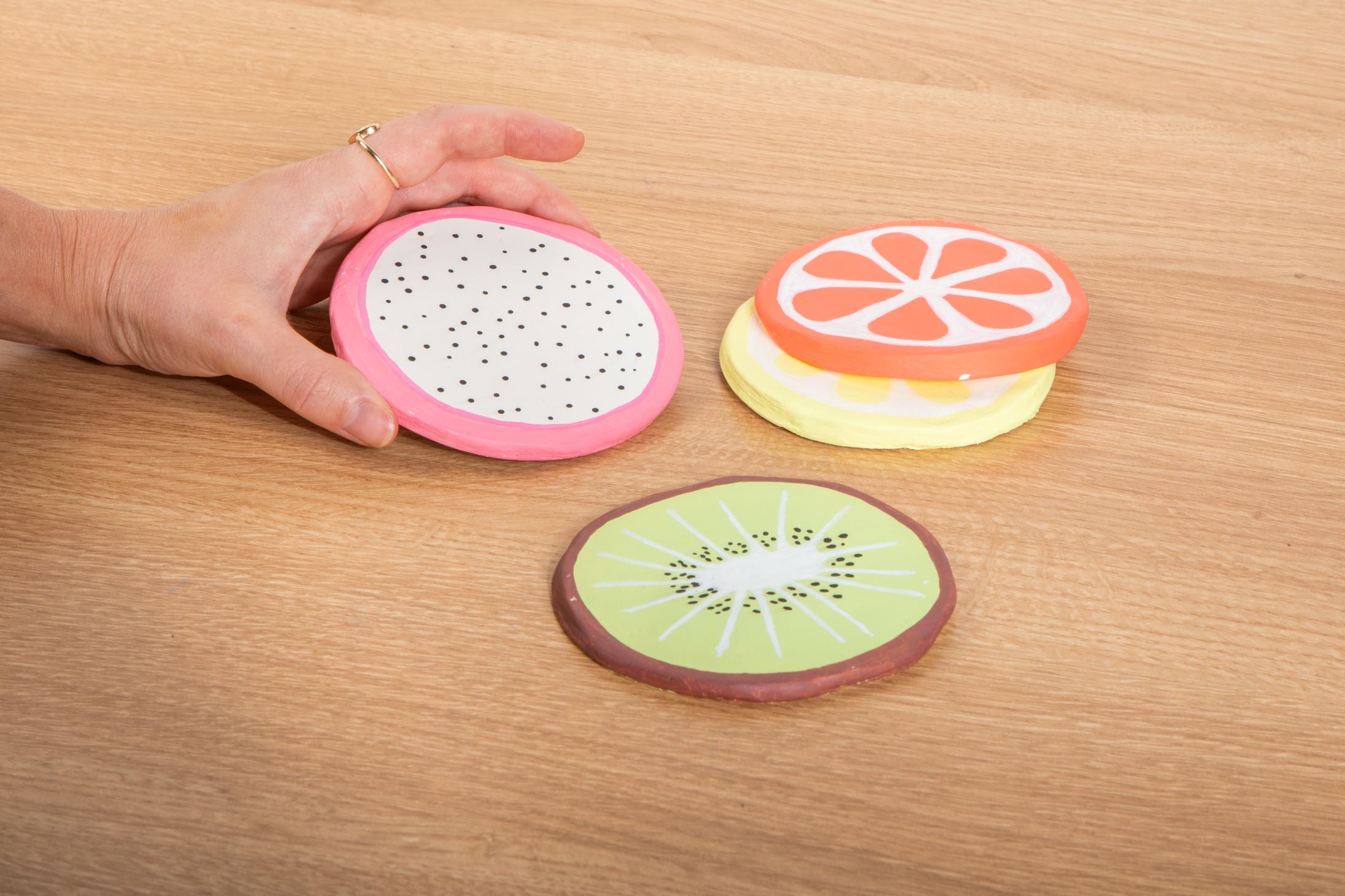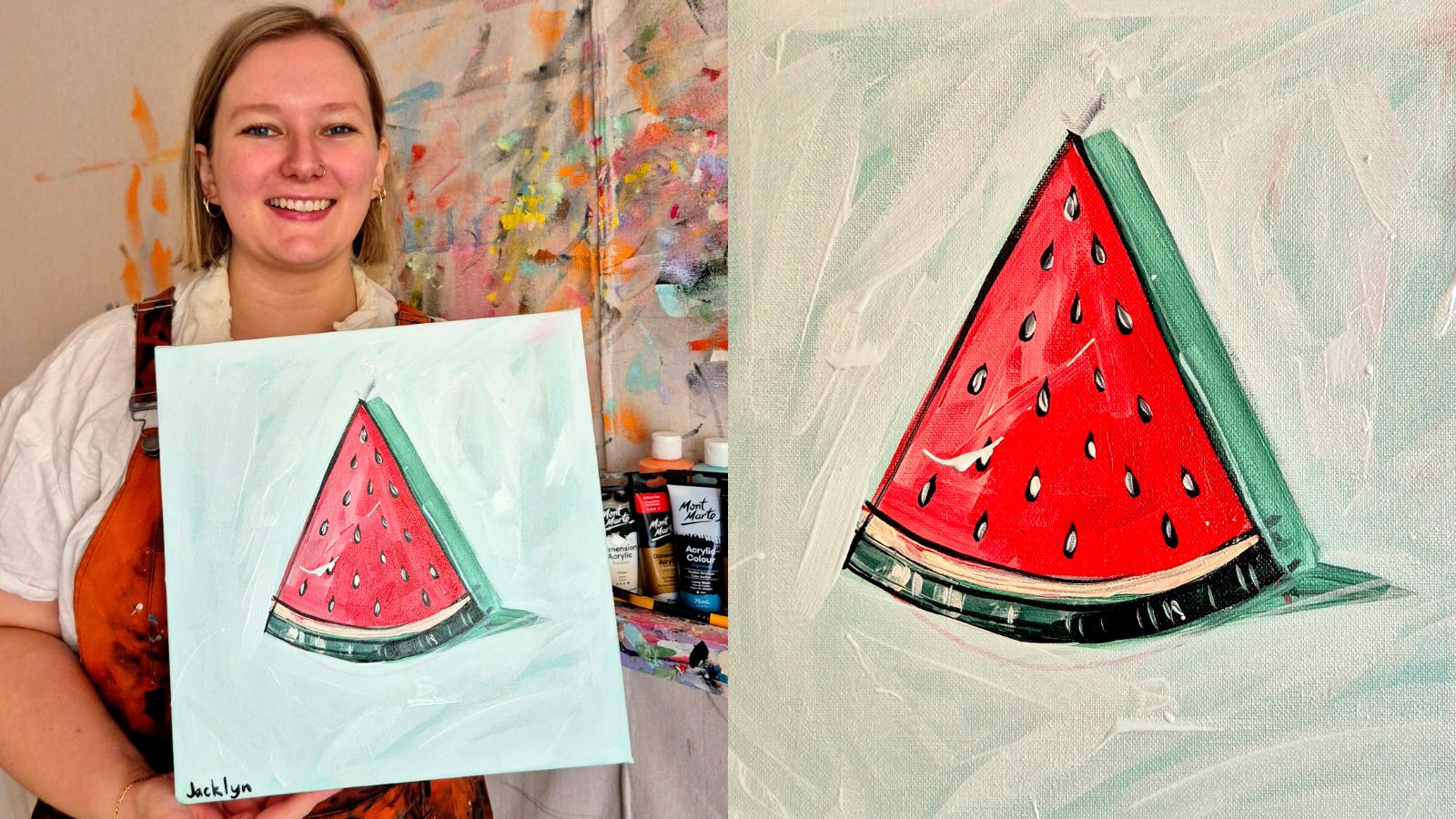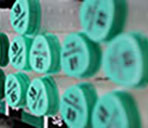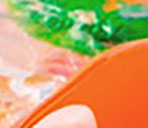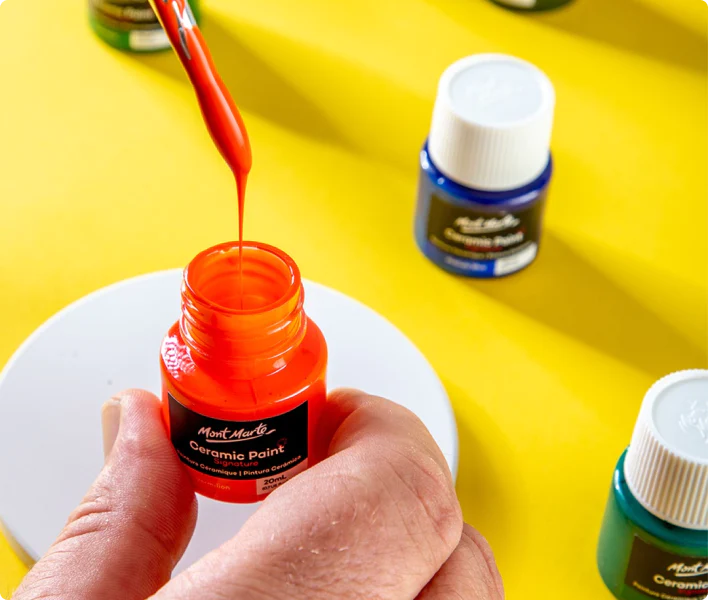From paints and brushes to what type of paper to use for gouache, we’re covering it all in this go-to guide to gouache. Whether you’re counting on its bright opacity or looking to create soft effects, you can get the best of both worlds with gouache and it’s not too tricky to use either.
Gouache paint
Gouache paints, like watercolours are typically available in jars, tubes or pans. When it comes to gouache, you can expect bright colours with a velvety, matte finish. It can be reactivated with water but unlike watercolour, gouache dries opaque.
The Mont Marte gouache range is available in gouache tubes in 12pc, 18pc and 24pc sets.
Difference between gouache and acrylic paints
Finish
Gouache was originally popular with graphic designers who wanted bright colours that were easy to photograph and because gouache dries matte with a ‘flat’ look, it’s excellent for illustrations, posters and cartoons as well as creating artworks. Acrylic dries to a matte finish but usually has a sheen to it.
Use
Acrylic gouaches are available if you’re looking for something that is water resistant, but the colours tend to be duller. Gouache is a good all-rounder medium, and you can use a variety of watercolour and even some oil painting techniques and blends that you won’t be able to achieve if you’re working with acrylics. For more on gouache techniques check out our gouache techniques article.
Gouache can be used with acrylic but be careful as gouache can be reactivated with water, so best to apply your acrylic first then gouache over or around it.
Difference between watercolour and gouache
Finish
Gouache and watercolour are more like siblings than twins. Both mediums can be used with water, but the main difference is that gouache is opaque, and watercolour is transparent, if you apply gouache to white paper, it’ll be harder to see the paper, unlike watercolour which relies on the white of the paper.
Use
Gouache and watercolour can be used together and it’s good to remember that gouache can be used to cover up any watercolour mishaps. Watercolours are thinner in opacity and gouache is opaque, so it’s best to work with watercolours first. Gouache is also great for journaling because you don’t use as much water as watercolour, and it dries matte.
Gouache brushes
Although gouache and watercolour are from the same family, it’s better in the long run to stick to using gouache brushes rather than watercolour brushes. Not sure where to start? Our gouache brush set in wallet is a good starting point. They’re made from hog hair and taklon bristles with a range of brush types from flat to filbert, fan and liner. These are thicker bristles than the average acrylic brush to work with both water and pigment too.
Gouache paper
Because gouache is used in conjunction with water, it’s good to use watercolour paper when working with it. Not sure which paper works best? We say 300gsm paper is great for gouache. You can use thinner paper if you’re using thick gouache, just keep the coats light, something like Kraft paper will work for this. Although paper works best, gouache can also be used on canvas, but painting boards are trickier and need a bit more prep.
Gouache palette
Because water is involved, gouache works best with ceramic or plastic palettes. A palette like our Round Plastic Discovery Palette works nicely for mixing water and gouache with plenty of wells. Or an air tight palette like our Watercolour Premium Palette works wonders for mixing gouache with water and it’s great for travel. If ceramic palettes are a little too pricey, an old bowl or plate can do the trick as well. Or if you’re looking for something a little more affordable and fun, try creating this paint palette with air dry clay.
We hope you’re feeling ready to tackle gouache! Give it a go for yourself and see what magic you can create. Looking to dive deeper? Try some of these gouache techniques or check out these answers to common gouache paint questions.

